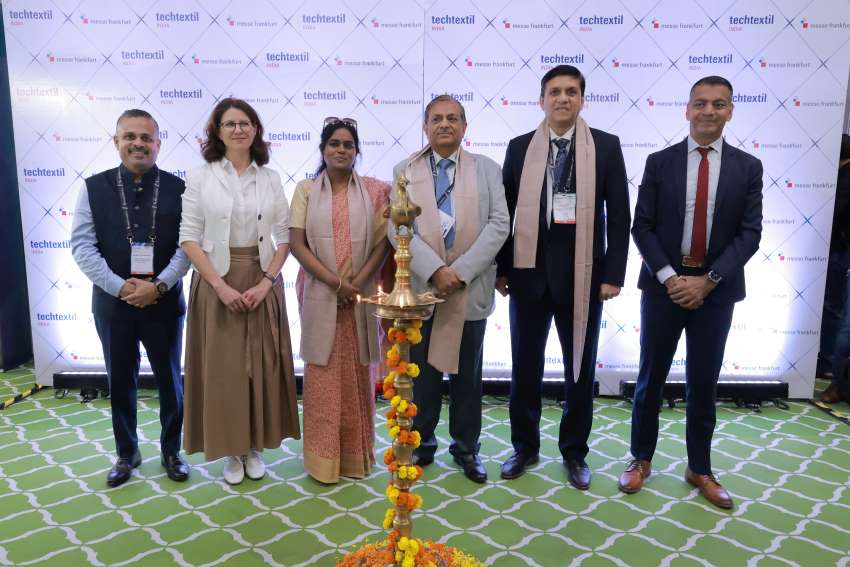
In today's fast-paced business landscape, efficient inventory management is critical to success. The Large-scale Automated Test and Re-order (LATR) model is emerging as a game-changer, leveraging automation and data analytics to streamline the process of maintaining optimal stock levels.
Decoding LATR
At its core, LATR is an AI-powered model that automates the testing and reordering process for inventory. It leverages real-time data on product consumption, stock levels, and lead times to predict when inventory will reach a critical point. It employs sophisticated algorithms and predictive analytics to determine optimal reorder points and quantities, ensuring that businesses have the right products in stock at the right time. Once triggered, LATR autonomously places reorders with suppliers, ensuring that businesses maintain optimal stock levels without the risk of overstocking or stockouts.
LATR's adaptability has led to its adoption across diverse industries. Retail giants are leveraging LATR to streamline inventory management for thousands of products across multiple stores. This ensures products are readily available for customers, enhancing customer satisfaction. Manufacturers are utilizing LATR to manage raw materials and components, ensuring uninterrupted production runs and minimizing downtime. Hospitals and healthcare providers are implementing LATR for critical medical supplies, guaranteeing that essential items are always on hand to provide timely patient care.
LATR’s impact
LATR has a significant impact on businesses. For example by optimizing inventory levels, LATR helps businesses reduce carrying costs associated with excess stock. By ensuring that products are available when customers need them, LATR helps businesses improve customer satisfaction and loyalty.
And by automating the testing and reordering process, LATR frees up staff to focus on other tasks, improving operational efficiency. Inventory management processes are becoming more efficient, allowing businesses to allocate resources to other strategic initiatives.
A recent study by McKinsey study revealed, businesses that implement LATR can achieve inventory cost reductions of up to 30 per cent. A case study of a major retailer found that LATR helped the company reduce stockouts by 50 per cent and overstocks by 40 per cent.
Changing the traditional business landscape
LATR is transforming the traditional business landscape by enabling businesses to move away from manual, reactive inventory management approaches to automated, proactive models. This shift is leading to improved efficiency, cost savings, and customer satisfaction.
A cutting-edge inventory management model LATR is revolutionizing the way businesses manage their stock. By leveraging automation and data analytics, LATR is helping businesses achieve significant cost savings, improve customer satisfaction, and increase operational efficiency. As businesses continue to seek ways to optimize their inventory management, LATR is poised to play an increasingly important role in the years to come.












